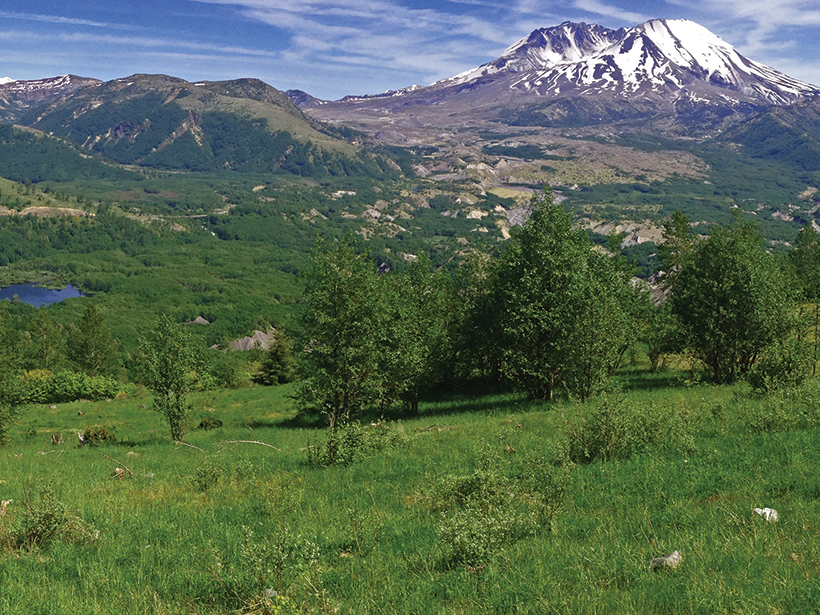Four decades of research into biophysical responses to the 1980 eruption of Mount St. Helens have vastly improved our understanding of how landscapes react to cataclysmic disturbances.

Four decades of research into biophysical responses to the 1980 eruption of Mount St. Helens have vastly improved our understanding of how landscapes react to cataclysmic disturbances.